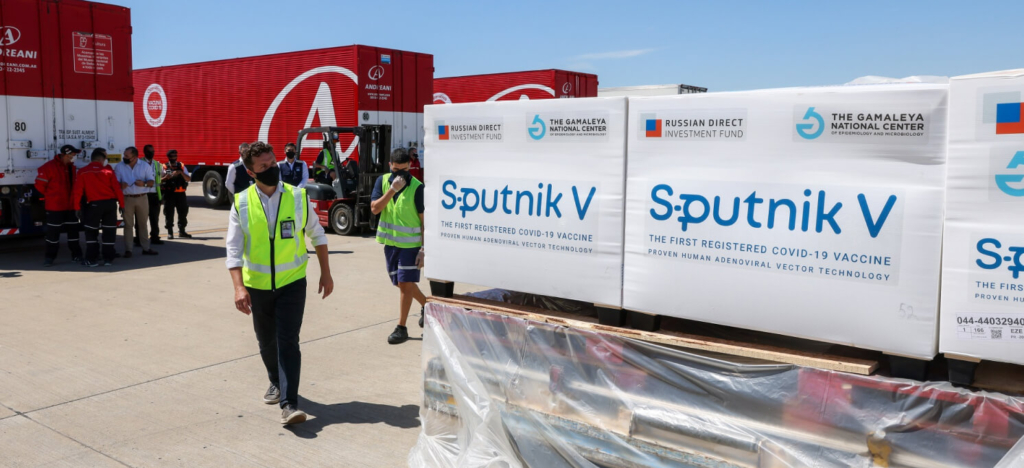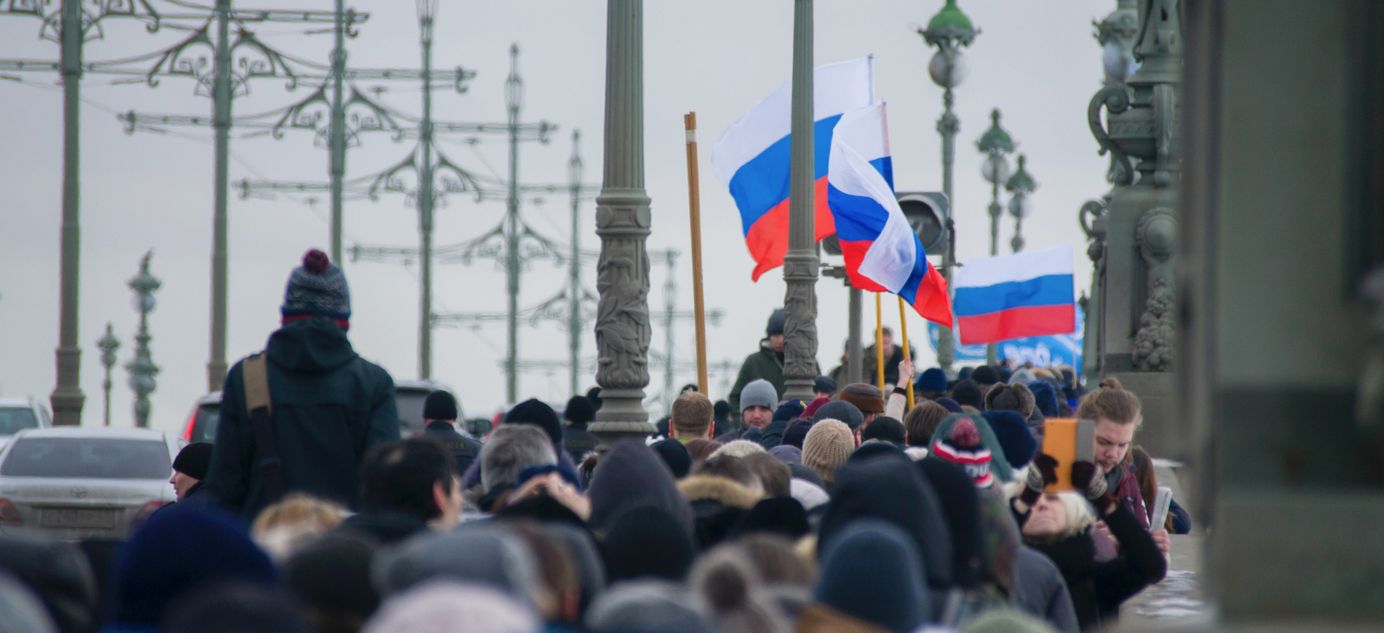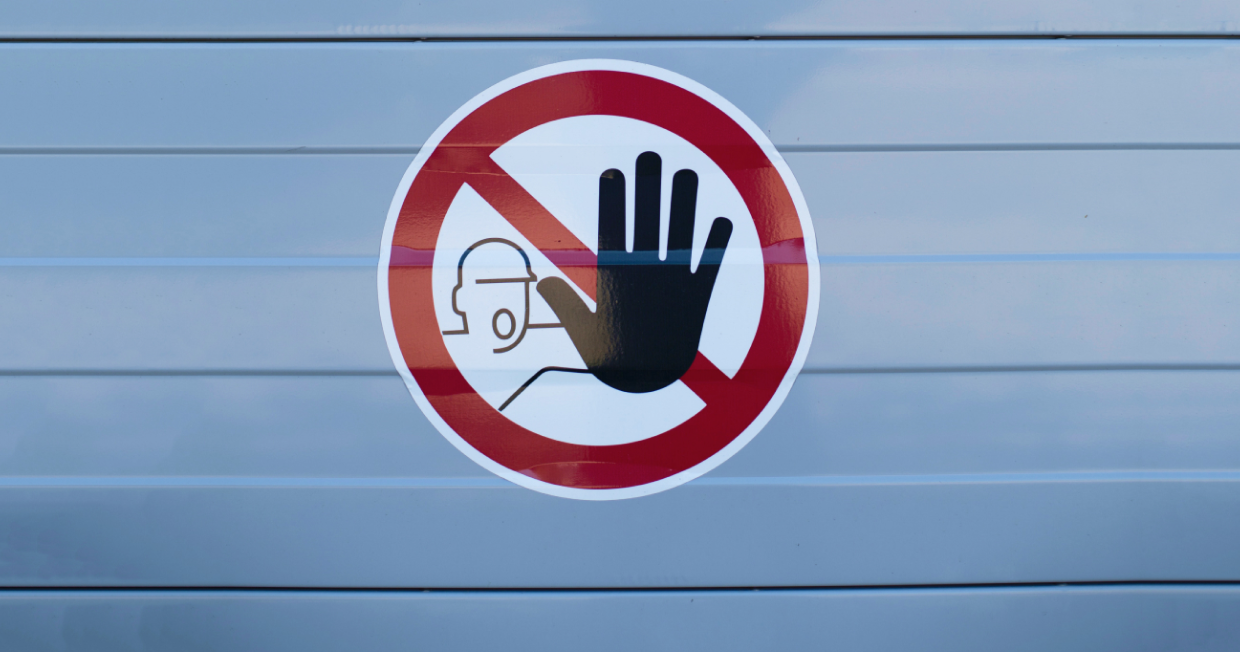
Coronavirus quandary
Hello! Our top story this week is about spiking coronavirus cases in Russia and whether new restrictions and some mandatory vaccination will be enough to slow the spread of the Delta variant. We also look at a state raid on the ‘super-profits’ of top metals companies and an $11 billion program to boost electric vehicle production.

Russia seeks to avoid lockdown as coronavirus cases jump
Top Russian officials seemed determined not to resort to a lockdown this week amid a nationwide rise in coronavirus case numbers and few signs that vaccination uptake was growing. Even as local authorities introduced new restrictions, experts warned only a full lockdown could guarantee a significant reduction in infections and deaths. For a host of political and economic reasons, the Kremlin will do everything it can to avoid this option.
Infections
Moscow did not see an explosive increase in infections this week: after setting an all-time record of 9,120 new infections in one day on June 19, the daily figures have stayed below 9,000. However, in Russia as a whole, over 20,000 new infections were recorded Thursday for the first time since January. Almost 600 people died from Covid-19 that day.
A total of 130,000 people were in hospital in Russia with COVID-19 on Wednesday, according to Health Minister Mikhail Murashko.
The rapid rise in rates caused France to add Russia on Wednesday to its coronavirus ‘hotspot list, and Germany followed suit two days later. Now, the few Russians able to travel to these countries face two weeks of quarantine on arrival.
Vaccinations
The government claims vaccination uptake has risen since the Delta variant arrived in Russia and Deputy Prime Minister Tatiana Golikova announced Wednesday that vaccination rates were up 1.7 times over the previous weeks — but there are no publicly available figures. According to open source website Our World in Data, the number of jabs in Russia last week was up 25 percent.
At the same time, vaccinations have leapt to the forefront in public discourse. The number of social media posts about vaccines increased fivefold last week and vaccines were three times more popular a topic on social media than the Putin-Biden summit on 16 June (which took place the same day that Moscow announced its mandatory vaccination program).
Restrictions and concession
Amid the rise in cases, the authorities are using the same tactics as they did at the height of the first wave of the pandemic. Now, as then, President Vladimir Putin and Prime Minister Mishustin have all but disappeared from public decision-making, limiting themselves to just one video conference with government officials in recent weeks. Instead, regional leaders have been left to take the political hit of imposing unpopular new restrictions. Moscow Mayor Sergei Sobyanin continues to act (relatively) toughly, if not always consistently.
The most unpopular of Sobyanin’s measures was announced Tuesday: restaurants will be closed to people from Monday without a vaccine, evidence that they have been ill with COVID-19 or a PCR test from the previous 72 hours. Compared with last year’s lockdown, it’s a fairly mild restriction. But the public response and the complaints from businesses were so furious that, after an appeal from restaurant owners, the authorities backed down: until July 12, people can still dine freely outside.
Another unpopular measure in the south of the country also caused widespread outrage. The governor of Krasnodar Region banned unvaccinated travellers from staying at Black Sea resorts, including in the city of Sochi. This means people with bookings face losing 80 percent of their money. Governor Venyamin Kondratyev announced the decision Thursday and by the following day 30 percent of resort bookings for July and 70 percent for August had already been cancelled. Both the Russian Association of Tour Operators and the government tourism agency urged Kondratyev to reconsider the ban.
Regional governments are unlikely to introduce many more such unpopular measures. In Moscow, movie theaters, gyms and shopping malls are operating as normal. Elsewhere, even big public events went ahead as normal. In St. Petersburg, which has Russia’s worst COVID-19 death rate, the traditional ‘Crimson Sails’ high school graduation ceremony went ahead as usual Friday and tens of thousands of people crowded the streets.
A source familiar with official discussions about new restrictions explained why the authorities were so uncoordinated. “It’s a managerial shambles caused by the government’s reluctance to take responsibility,” he said. However, polling experts interviewed by The Bell do not expect this ‘shambles’ to harm the government’s overall popularity.
Will Russia contain the third wave?
Every expert who spoke to The Bell agreed the only reliable way to slow the spread of the Delta variant was another full lockdown. And it’s difficult to say whether the measures announced last week will be effective: “We do not fully understand how much these half-hearted restrictions will be able to stop the spread of COVID-19 given that people are being infected by a new strain,” said Anton Barchug, director of the Institute for Interdisciplinary Medical Research at the European University in St. Petersburg.
But the political and economic risks mean the authorities will only impose another lockdown if the situation gets significantly worse. “I think that the authorities delayed this decision [about compulsory vaccines] to the very last moment,” said expert Denis Volkov at independent polling agency Levada Center. “In the original plan [compulsory vaccines] should have only been announced after the elections. But now they have to choose between a not very popular vaccine and an unambiguously unpopular lockdown.”
At the current rate of vaccination Russia will only achieve herd immunity on the back of people recovering from infection, according to Barchuk. And while, previously, between 60 percent and 70 percent immunity would provide broad protection to society as a whole, the new variant pushes that as high as 90 percent. “If widespread public immunity [only] results from people recovering from the disease and the mortality rate is between 0.8 and 1 percent, you can calculate how many deaths we might expect,” Barchuk said.
Why the world should care
Russia has fallen into a familiar trap for populist authoritarian regimes. On the rare occasions when an over-centralized government could use its powers for the general good, it turns out to be too scared of public opinion to introduce unpopular measures.
Big business obliged to share even more profits with the state
These are good times for Russia’s economic interventionists. It emerged Thursday that Deputy Prime Minister Andrei Belousov has successfully lobbied for a special tax to oblige Russia’s metals giants to hand over about $2 million in “super-profits” from a global commodity boom. Belousov has promised this is only the beginning.
- Belousov first floated the idea that companies should return profits made from rising commodity prices at the end of May. His initial words were blunt, and he claimed businesses were “screwing the state”. This line of thinking was not immediately welcomed by other government figures, with Trade and Industry Minister Denis Manturov open in his opposition and Putin remaining non-committal at the St. Petersburg International Economic Forum at the beginning of June. But it seems Belousov has now managed to win over the president.
- It looks certain that a 15 percent export tax will be levied against all metals companies. The levy is set to apply from August to December and is expected to raise up to 165 billion rubles ($2 billion). But that’s only the start. From the beginning of 2022, the government wants to introduce a permanent system to allow it to collect ‘super profits’ from companies benefitting from inflated global prices.
- Metals companies responded with muted indignation, aware that opposition is now futile. After the announcement, shares in Russia’s biggest metals companies slumped and the six largest metals companies saw as much as 320 billion rubles ($4.5 billion) wiped off their valuations.
- Since it became clear that commodities were entering a new growth cycle (the Bloomberg Commodities index is up more than 50 percent since spring 2020), the Russian government has been unhappy that rising profits for Russian exporters have coincided with rising prices on the domestic market. In particular, rising food prices and the growing price tag for state investment programs to revive economic growth have created political problems. Unease has been fueled by growing inflation, which has climbed to an annual rate of over 6 percent.
- The metal-producing sector was not the first sector to feel the pain of this new trend of state appropriation. Exporters of grain and vegetable oils faced a retail price freeze last year. “We are talking about limitations connected with the extraction of inflated profits. And there’s nothing wrong with [restricting] that,” Putin explained to businessmen in March.
- These changes may be recent, but Belousov — who is effectively in charge of Russian economic policy — has been fighting this battle for a long time. Fundamentally, Belousov believes Russia’s biggest companies do not contribute enough to the country’s budget. Back in 2018, when Belousov was one of Putin’s economic advisors, he suggested taking $7.6 billion from commodity exporters to finance public investment projects. That was never realized, but, since then, he has slowly pushed his agenda forward. Last year, commodity companies were forced to pay $800 million to help fund the government’s anti-coronavirus efforts.
Why the world should care
Belousov’s dirigisme may not have caught on in 2018, but Russia’s current economic problems (especially inflation and budget shortfalls) are pushing the Kremlin further and further down the path of state intervention. One of the most unpleasant consequences is unpredictability for investors – Russia’s metals companies are blue-chip stocks.
Russia to spend $11 billion on electric vehicle subsidies
A new state program has earmarked 800 billion rubles ($11 billion) to develop electric transport, according to media reports Wednesday. That’s almost twice as much money as a previous version of the program. The program’s targets have also been made more ambitious and now envisage the production of 3,000 electric vehicles in Russia next year. By 2030, annual production should reach 217,000 vehicles. Last year, just 687 electric vehicles were sold in Russia — and not a single electric car was manufactured.
- The budget for Russia’s electric vehicle program through 2030 has increased from 418 billion rubles in an initial version of the program to 804 billion, according to newspaper Kommersant. Most of the money will go toward preferential loans and leasing arrangements for electric vehicles, as well as the roll-out of charging stations. Buyers will be able to claim a 25 percent subsidy when purchasing Russian-made electric cars.
- In addition to existing funds, the government expects at least $1 billion will come from three other sources: a new tax on the sale of traditional cars and two new tariffs on the import of foreign electric vehicles (a 15 percent import duty and a scrappage fee of $5,000 that will rise to $8,000 by 2026).
- Currently, no electric cars are manufactured in Russia. The only existing electric vehicle production line builds electric buses. These are made by Kamaz, better known for its trucks, and purchased by Moscow City Hall. The new program assumes three companies will be mass-producing electric cars as early as next year: Kamaz (which has a prototype vehicle), the Avtotor factory that assembles BMWs and other foreign cars from ready-made kits, and the little-known Motor-invest, which manufactures the Chinese Chang’an and was close to bankruptcy in March 2021.
- Experts interviewed by Kommersant described these plans as unrealistic. However, the criteria for determining whether an electric car is ‘Russian’ or not are flexible. For now, a car merely needs to be assembled in Russia to be classed as Russian. That means that everyone — with the possible exception of Kamaz — will simply churn out foreign cars in Russian factories. Avtotor is already discussing this sort of arrangement with South Korean manufacturers Hyundai and Kia.
Why the world should care
Russia lags far behind other countries when it comes to electric vehicles. Last year, just 687 electric vehicles were sold in Russia – 430 times less than in the U.S. and 2,000 times fewer than China. This is despite the fact that import duties have, up to now, been zero.



